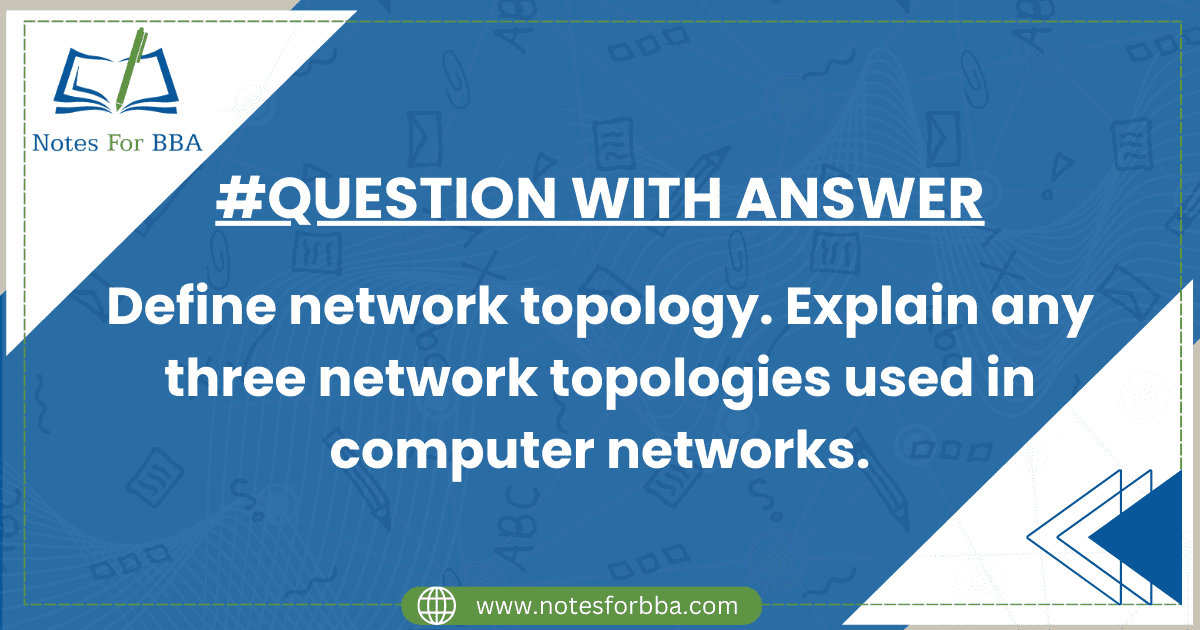Network topology is the way in which different devices, such as computers, routers, and switches, are arranged and connected in a computer network. It describes how these devices interact, either physically through cables and hardware or logically through the flow of data. The design of the topology is very important as it affects how efficiently the network performs, how easily it can be expanded, and how reliable it is.
Types of Network Topologies
Star Topology

In a star topology, all devices in the network are connected to a single central device, such as a hub, switch, or router. The central device acts as the main point through which all communication between the devices happens. For example, if one computer wants to send data to another, the data first goes to the central device, which then forwards it to the destination.
The biggest advantage of this topology is that it is easy to set up and manage. Also, if one of the devices connected to the central hub fails, the rest of the network continues to work. However, the central device itself is a critical point, and if it stops working, the entire network will fail. A good example of this topology is an office network where all computers are connected to a central switch.
Bus Topology

In a bus topology, all the devices are connected to a single central cable, known as the bus. This cable acts as the backbone of the network, and data travels along it. Each device on the bus listens for messages and processes only the ones that are meant for it.
The main advantage of this topology is that it is simple and inexpensive to set up, as it requires only one main cable and fewer connections. It works well for small networks. However, if the main cable breaks, the entire network stops working. Also, as more devices are added, the network becomes slower and less efficient. This topology is often used in small setups like classrooms or computer labs.
Mesh Topology

In a mesh topology, every device is directly connected to every other device in the network. This creates multiple paths for data to travel, making the network very reliable. If one connection fails, the data can still travel through another path, so the network keeps working. This makes it highly fault-tolerant and ensures that communication between devices remains uninterrupted. However, it is expensive and complicated to set up because it requires many cables and connections. This type of topology is commonly used in situations where reliability is critical, such as in military communication networks or data centers.
Network topology is an essential aspect of designing a computer network because it determines how devices connect and communicate with each other. Different types of topologies, such as star, bus, and mesh, are chosen based on the size of the network, its purpose, and the resources available. Choosing the right topology ensures the network works efficiently and remains reliable.

